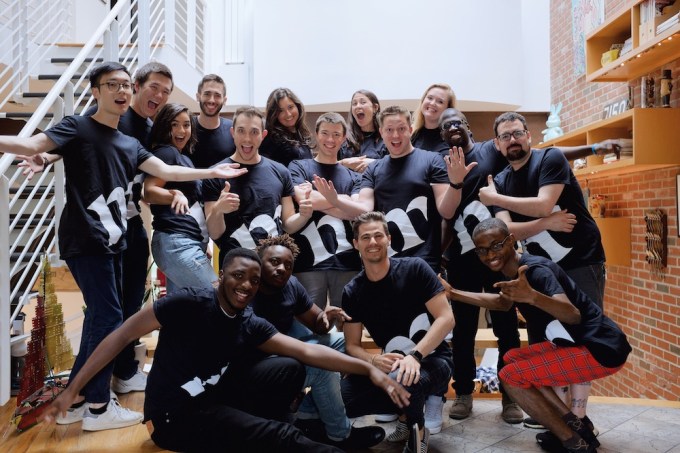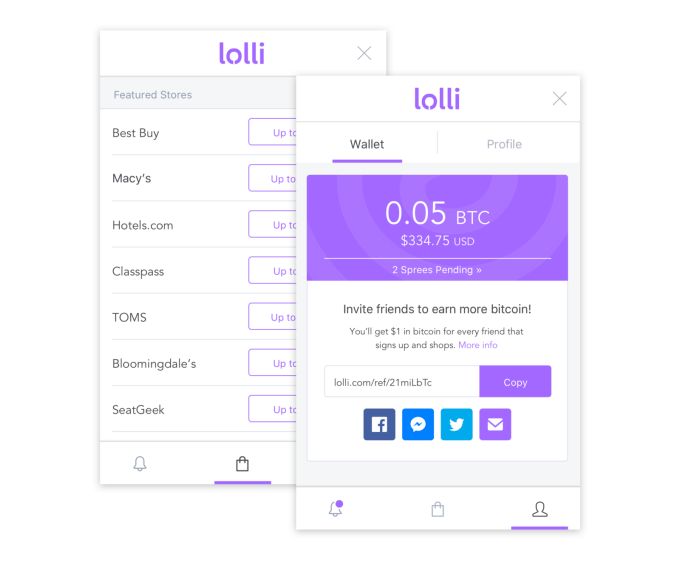In November, AT&T opened up about its plans for its forthcoming WarnerMedia streaming service, which aims to leverage the entertainment properties AT&T gained by way of its Time Warner acquisition last year. The company said the service will have three tiers — an entry-level, movie-focused service; a premium tier with original programming and blockbusters; and a bundle that includes them both. Today, AT&T revealed another detail: Some of the service’s content will be supported by advertising.
Speaking to investors this morning on its Q4 earnings call, AT&T CEO Randall Stephenson said the new service will have what he referred to as a “two-sided business model.”
That is, the service will include subscription-based, commercial-free programming on the high-end — like HBO or Netflix offers. But it seems the entry-level portion of the service will be ad-supported, according to the exec’s comments.
“Customers have become accustomed to advertising-free subscription services,” Stephenson noted. “And we think HBO and a lot of the Warner Brothers content, that’s really premium content, will fit into that mold,” he said. “But there are other elements where advertising-supported models are going to be important to keep prices down, to keep costs for the consumer down and actually fund additional content acquisition and purchasing,” Stephenson added.
He said the model for the new service would be “heavy” on the subscription side, with “some” ad-supported elements to it. The latter would be enabled by AT&T’s ad tech called Xandr.
The exec acknowledged, too, the challenge of entering the market at this point with yet another streaming offering, but seemed optimistic about AT&T’s chances.
“We have really high expectations for our streaming service. We don’t think there is going to be a proliferation of these that will succeed over time, but those who have very, very strong IP — deep libraries of IP — are the ones that we think are going to succeed over time,” he said.
What was less clear is whether the ad-supported elements to the WarnerMedia service would actually involve any of its content streaming for free to consumers, or whether it will just make the service more affordable — like Hulu’s core TV package, which just dropped its pricing to $6 per month. (AT&T currently owns a stake in Hulu, but it has been weighing putting it up for sale to pay down debt. That’s still on the table, the company said today.)
If WarnerMedia’s service goes the ad-supported route for its entry-level tier, it will face a lot of competition. Today, there are a number of ways to stream free movies and TV on demand, thanks to advertising-supported offerings from a host of major players.
For example, there’s free content on The Roku Channel; Walmart’s ad-supported video on Vudu; Amazon-owned IMDb’s new service Freedive; Viacom’s new acquisition, Pluto TV; Sinclair’s local broadcaster-focused service Stirr; and sometime this year, media center software maker Plex will offer free movies. Comcast will also launch a free streaming service for its pay TV customers in 2020.
If, however, WarnerMedia chooses to charge a small amount for its ad-supported content, then it will have to go up against Hulu’s core package — which looks more compelling as it includes original programming.
On the subscription side of things, the service will be up against paid services like Netflix, Time Warner’s own HBO NOW (and the other ways to get HBO over-the-top), plus the forthcoming launches from Apple (presumably) and Disney.
What’s more is that the company doesn’t plan on entirely cutting off access to its content by bringing it all in-house. As Stephenson mentioned today, AT&T recently extended its license for “Friends” to Netflix, instead of cutting them off.
“We said exclusivity is probably not that critical on that type of content, but it’s critical to have on our platform,” he explained. “So we did license it to Netflix as you saw, but on a non-exclusive basis. And so each of these decisions on significant content like that are going to be evaluated in terms of how critical is it to our platform to have it as exclusive, versus the economics of licensing it to others.”




